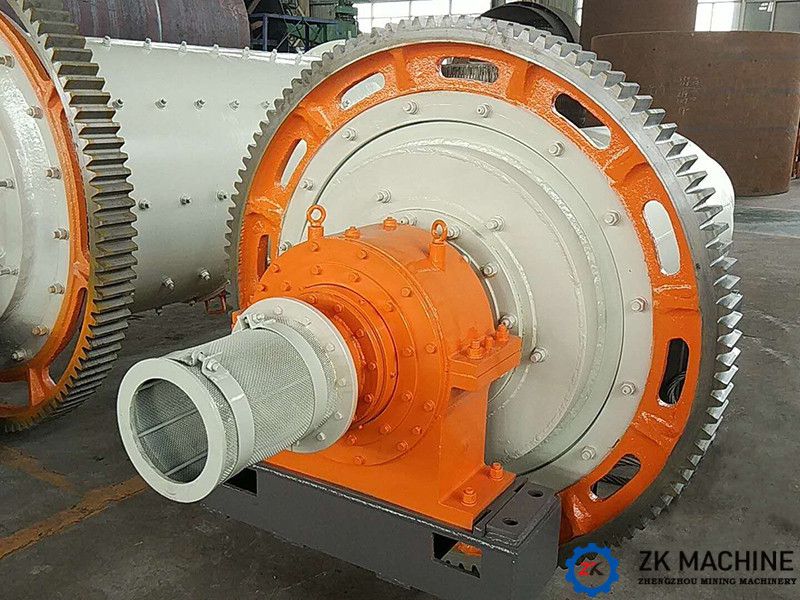Manufacturability and Characteristics of Casting Design
Date:2020-12-24 16:51:19
Author:admin
Views:
171
First. Commonly used Cast Metals
Common cast metals:
1. Gray cast iron (HT100, HT150, HT200, HT250, HT300, HT350);
2. Cast steel (ZG270-550, ZG310-570, ZGMn13, etc.)
Second. The Characteristics of Cast Iron and Cast Steel
1. Gray Cast Iron:
1) Good fluidity, low thermal stability, and low notch sensitivity;
2) Low comprehensive mechanical properties, high compressive strength, 3-4 times of its own tensile strength, shock absorption capacity 10 times larger than steel, and low elastic modulus;
3) Castings that are thinner and more complex than cast steel can be obtained, and the residual internal stress and warpage deformation in the castings are smaller than those of cast steel;
4) Sensitive to cooling rate, so thin section is easy to form white holes and cracks, and thick section is easy to form looseness, so when the wall thickness of gray cast iron exceeds its critical value, the mechanical properties of gray cast iron will be reduced greatly as the wall thickness increases.
5) The surface is smooth and clean, so the machining allowance is smaller than that of cast steel, and the poor surface processing quality has little adverse effect on the fatigue limit;
6) High shock absorption, often used as a base to withstand vibration;
7) It is not allowed to be used for parts that work at a temperature of 250 degrees for a long time;
8) The performance is more uniform on different sections, which is suitable for large castings with high requirements and different sections.
2. Cast Steel:
1) The fluidity is not good. Medium and low carbon steel is worse than high carbon steel, low alloy steel is worse than carbon steel, but high manganese steel is better;
2) High thermal stability and high notch sensitivity;
3) The wall thickness of the casting is larger than that of cast iron, the internal stress and warpage are larger, and it is not suitable to cast complex parts;
4) Large-thickness castings can be made, the mechanical properties of which are not significantly reduced when the thickness increases, but the castings must be kept in sequential solidification conditions;
5) The fillet of the connecting wall and the transition section of different wall thickness are larger than the gray cast iron;
6) Gas saturation tends to be large, fluidity is poor, surface impurities and bubbles are many, so the machining allowance is larger than gray cast iron;
7) As the carbon content increases, the shrinkage rate increases, and the thermal conductivity decreases, so high-carbon steel parts are prone to cold cracking, low-alloy steel is easier to crack than carbon steel, high-manganese steel has poor thermal conductivity, large shrinkage, and easy cracking. It should be emphasized in the design that the wall thickness should be uniform and the corners should be smooth.
Last. Precautions for Castings
1. The sticky sand, sand, flash, burr, pouring riser and oxide scale on the surface of the casting should be removed. Cracks, cold barriers, shrinkage holes, slag inclusions, penetrating pores, etc. that affect the performance of castings are not allowed.
2. Castings, whether cast steel or cast iron, should be subjected to stress relief annealing to eliminate casting stress and reduce the tendency of deformation and cracking. Direct as-cast blanks (without stress relief annealing treatment) must be verified in practice ( Note: HT100 and HT150 have low casting stress and do not require artificial aging treatment).
3. ZG310-570, good strength and machinability, poor welding performance, welding repair requires preheating;

